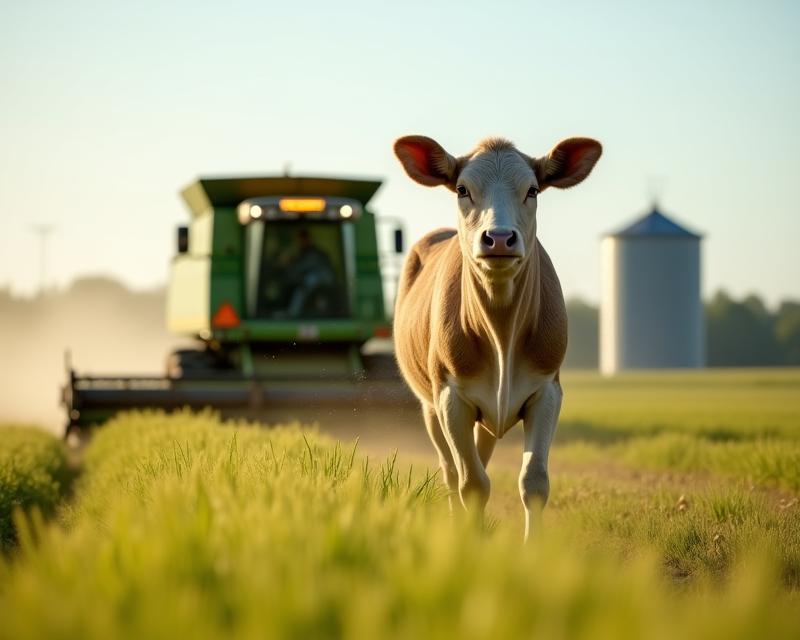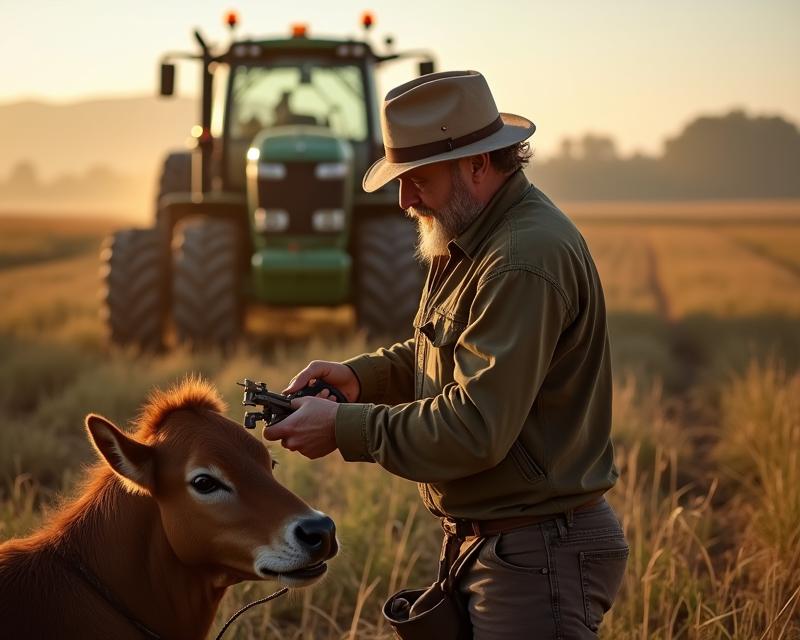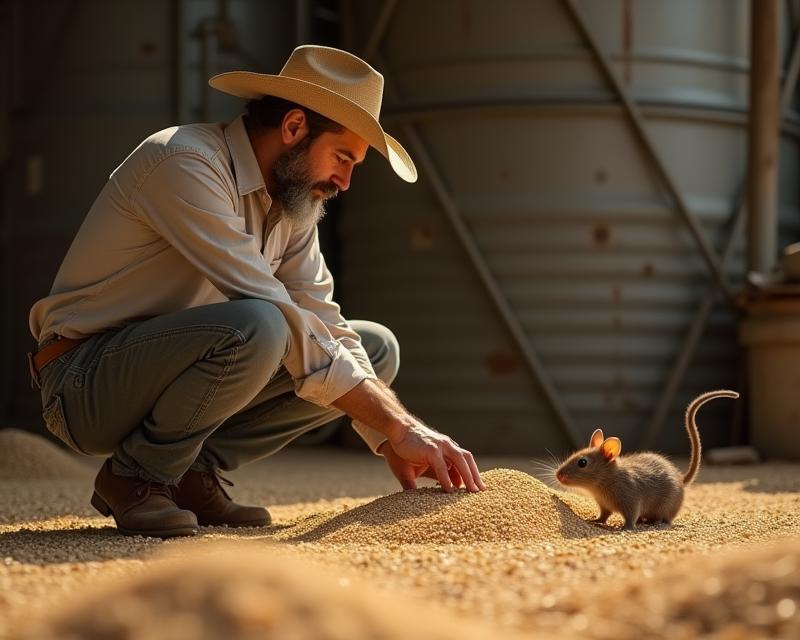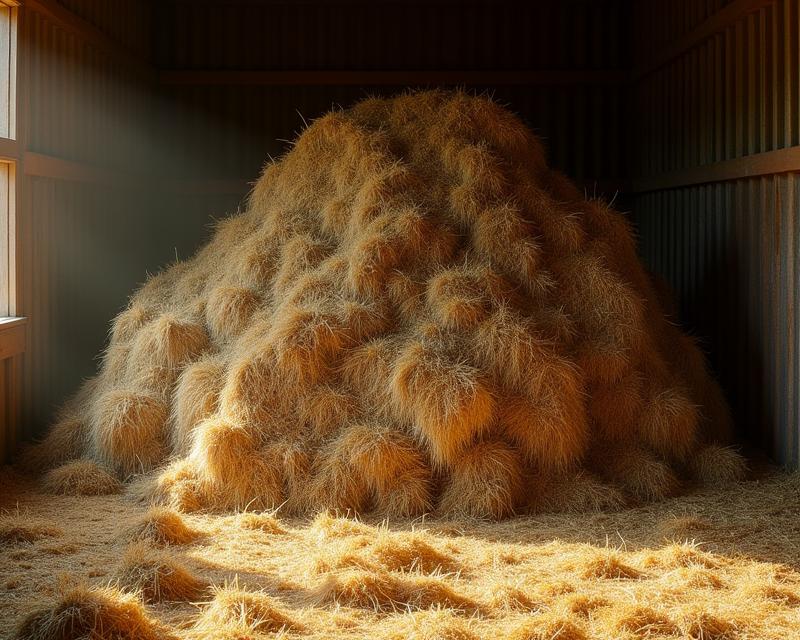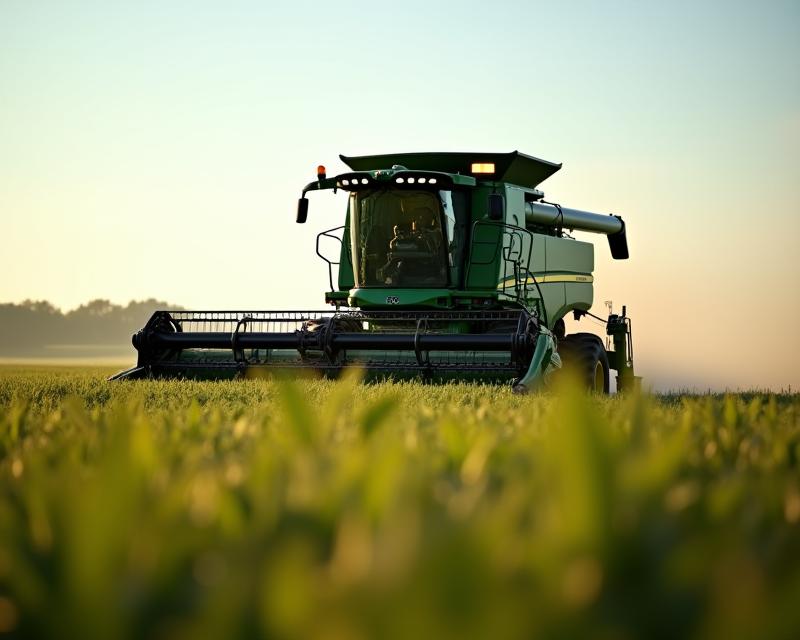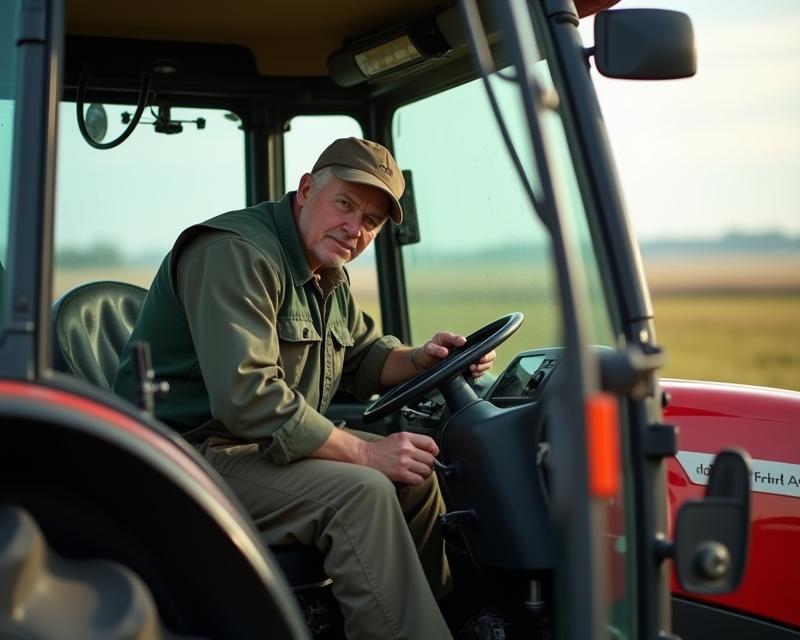Wildlife on the Farm: Smart Solutions
Publish in Farm el 28/06/2025 22:31
Wildlife on the Farm: Smart Solutions
Farming offers a rewarding connection to nature, but it also means sharing land with a variety of wildlife. While many animals are simply passing through, others can cause significant damage to crops, livestock, and farm infrastructure. Understanding common wildlife issues and implementing effective management strategies is crucial for protecting your livelihood and maintaining a healthy ecosystem.
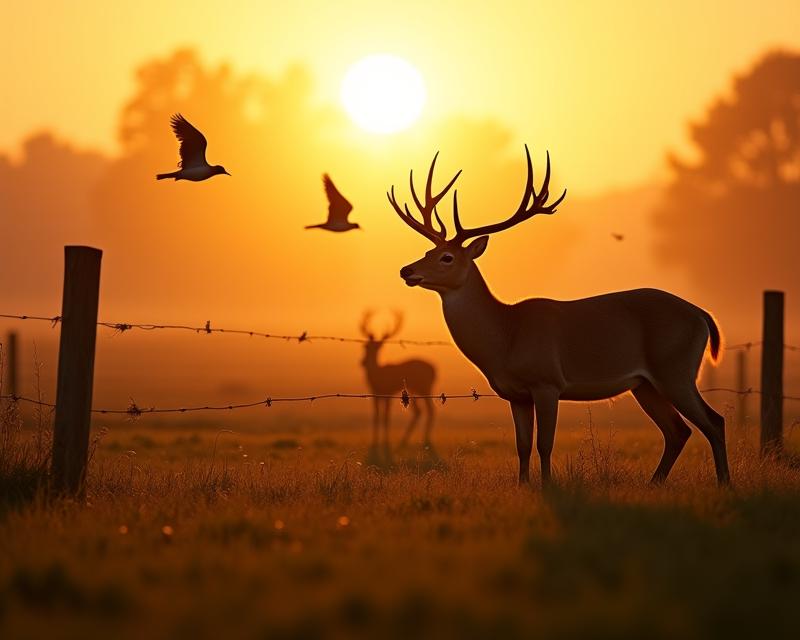
Identifying Common Pests
The first step is identifying the culprits. Common farm pests include deer, rabbits, groundhogs, birds (like crows and geese), and even larger animals like coyotes and bears, depending on your location. Each species presents unique challenges. Deer browse on crops, rabbits nibble on seedlings, groundhogs burrow and damage crops, and birds can decimate harvests. Knowing which animals are causing problems allows you to tailor your response.
Prevention is Key
Proactive measures are often the most effective. Fencing is a classic solution, particularly for deer, rabbits, and groundhogs. Electric fencing can be highly effective, especially when combined with traditional fencing. Habitat modification can also deter wildlife. Removing brush piles, managing weeds, and eliminating food sources (like fallen fruit) can make your farm less attractive. Consider planting wildlife-resistant crops and using repellents, such as those containing natural ingredients like capsaicin (from chili peppers).
Management Strategies
When prevention isn't enough, management strategies are necessary. Scarecrows, noisemakers, and visual deterrents can provide temporary relief. For persistent problems, consider trapping and relocation (check local regulations first!), or, in some cases, lethal control as a last resort, following all legal guidelines. Integrated Pest Management (IPM) approaches, which combine various methods, are generally the most sustainable and environmentally responsible. Regular monitoring of your fields and farm perimeter will help you identify problems early and respond effectively.
Building a Balanced Ecosystem
Remember that wildlife plays a role in the ecosystem. Focus on creating a balanced environment that supports beneficial wildlife while minimizing damage to your crops. Consider planting native trees and shrubs to provide habitat for beneficial insects and birds that can help control pests naturally. By understanding and managing wildlife responsibly, you can protect your farm and contribute to a healthy agricultural landscape.
